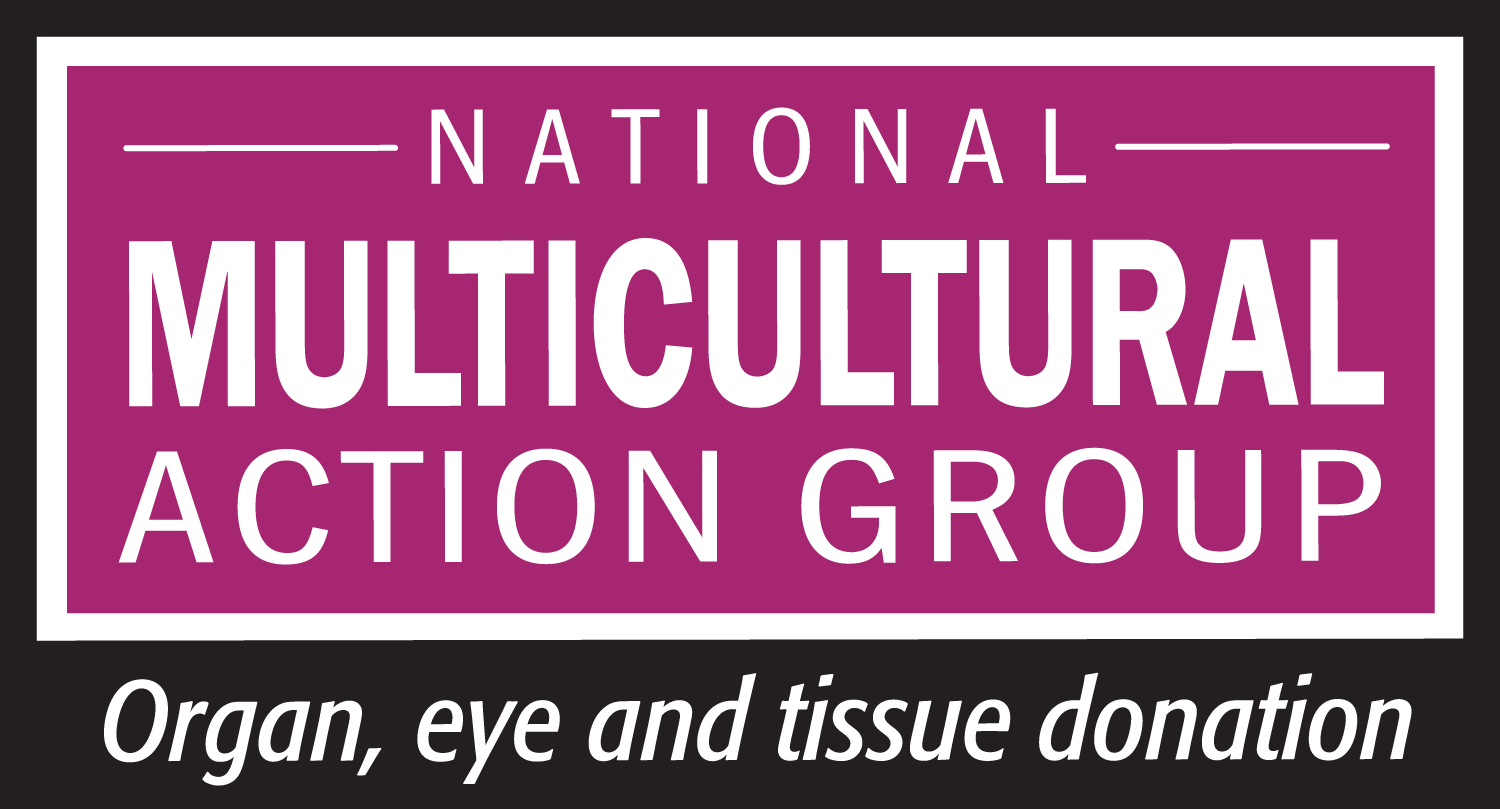United in Action
National Multicultural Organ, Eye and Tissue Action Group (NMAG) is united with its partners to address the number one problem in transplantation.
We act to close the gap between the supply of donated organs and the demand for organ transplants. We are united to save and improve the quality of life of diverse communities by creating a positive culture for organ, eye, and tissue donation.
Our Amazing NMAG Members
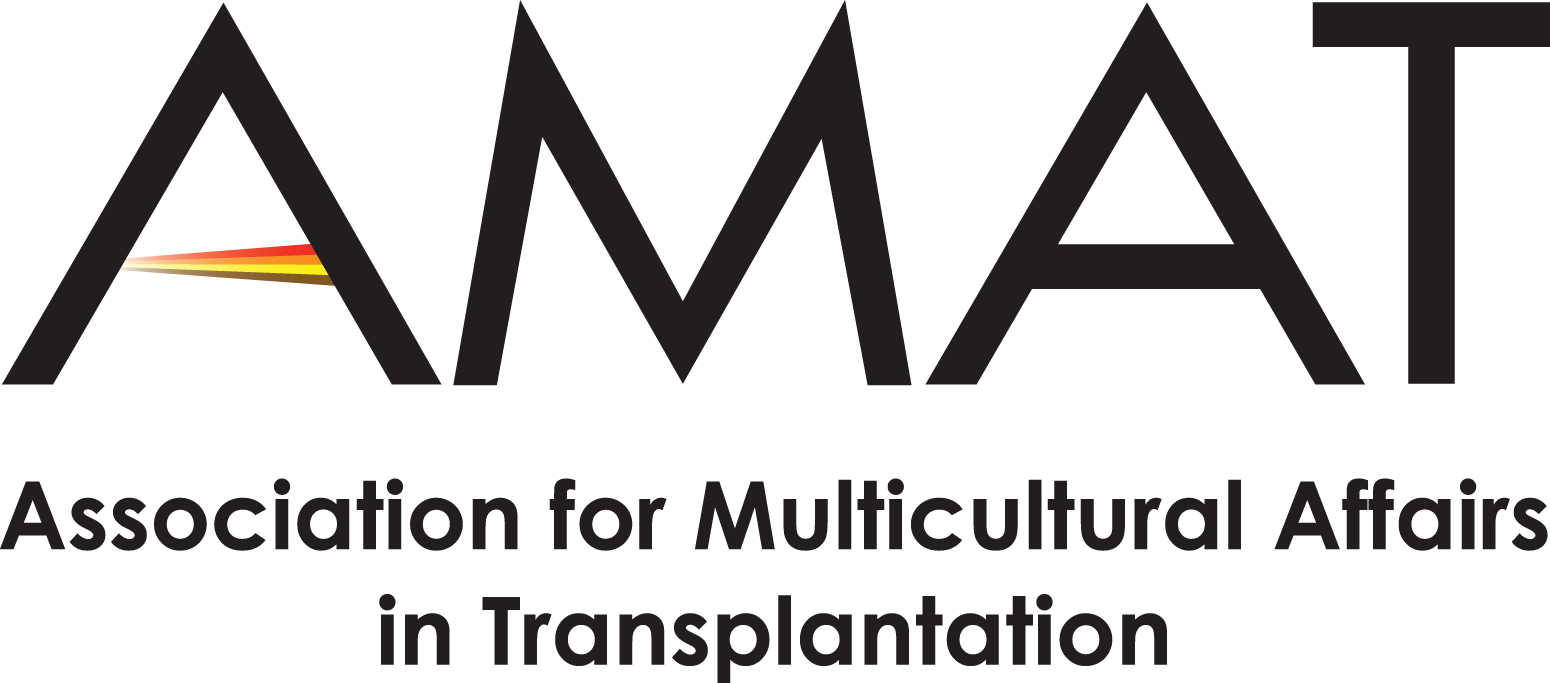

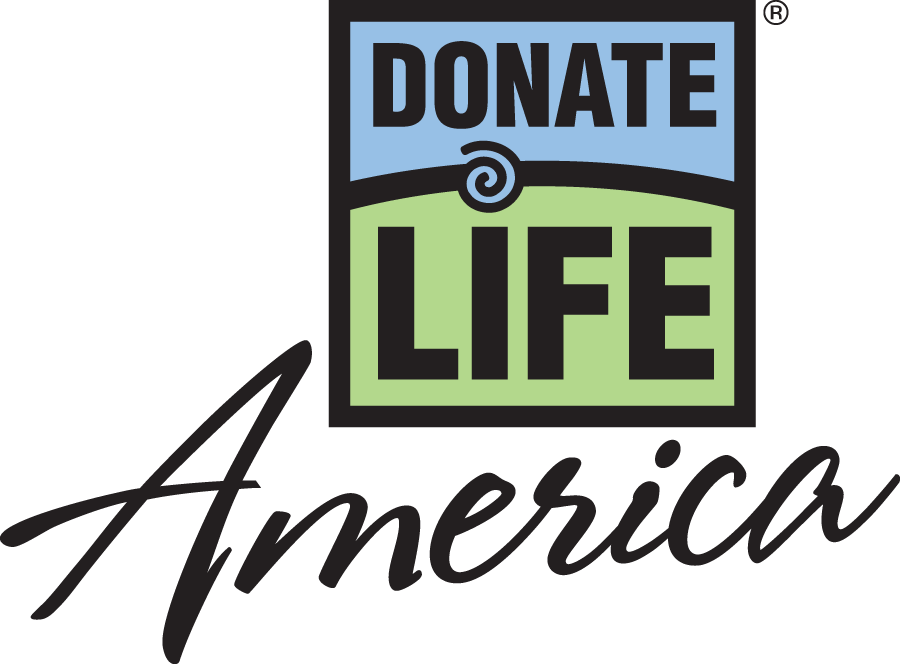
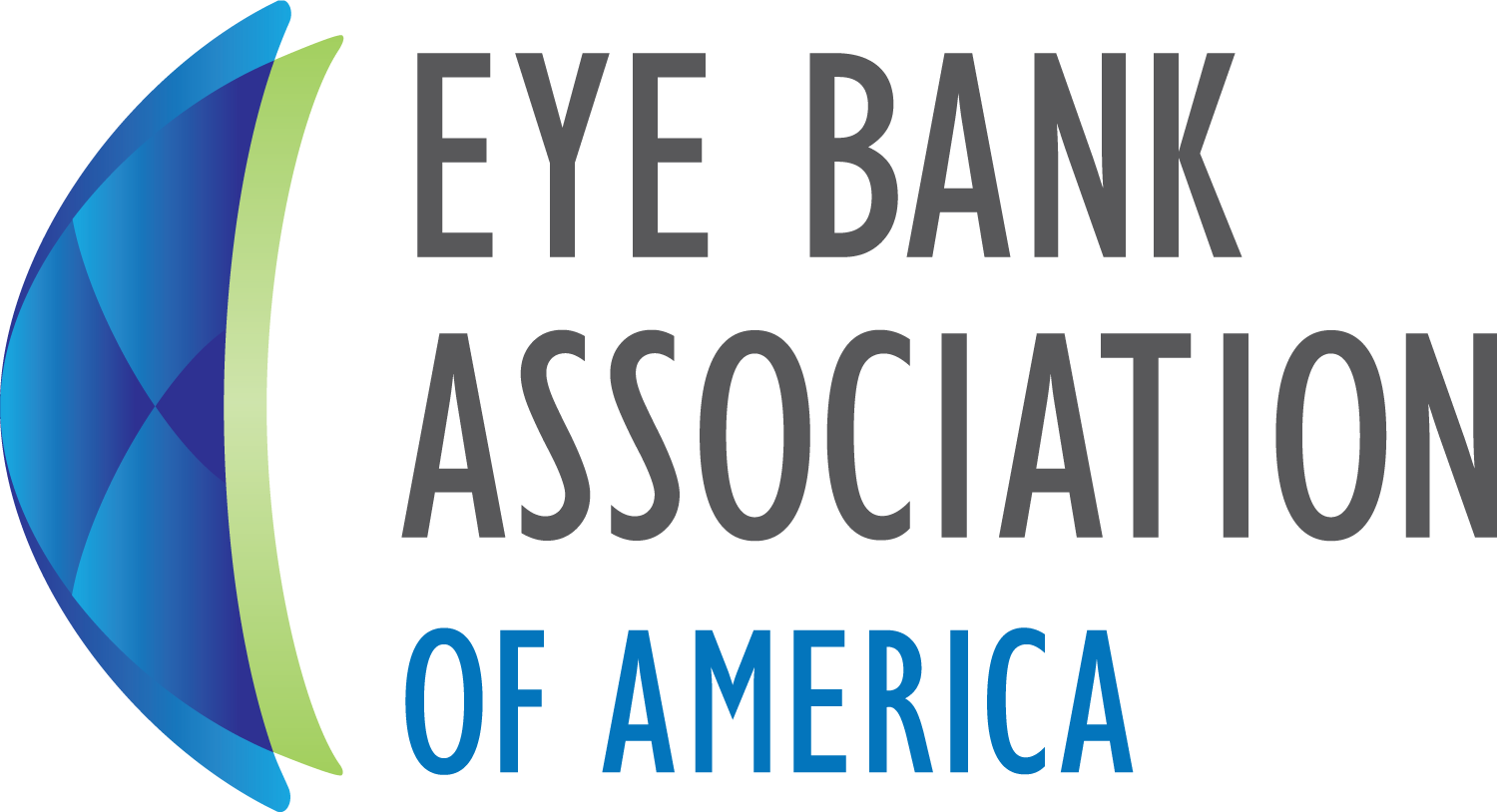
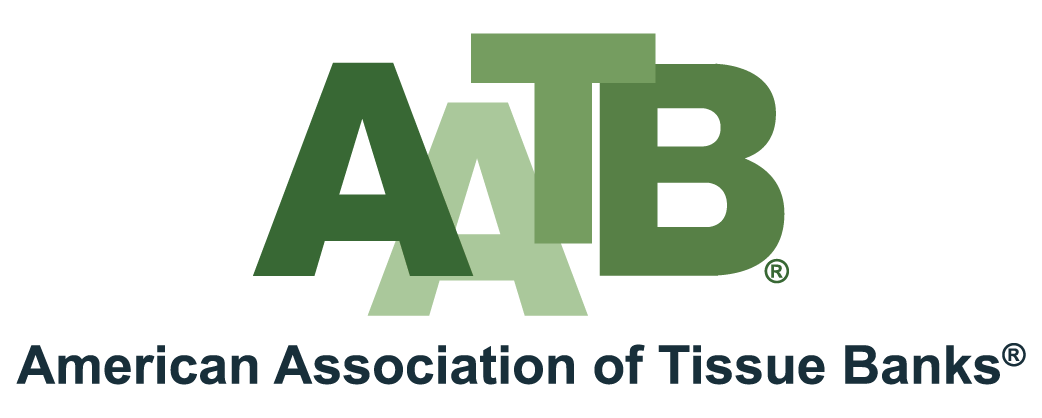



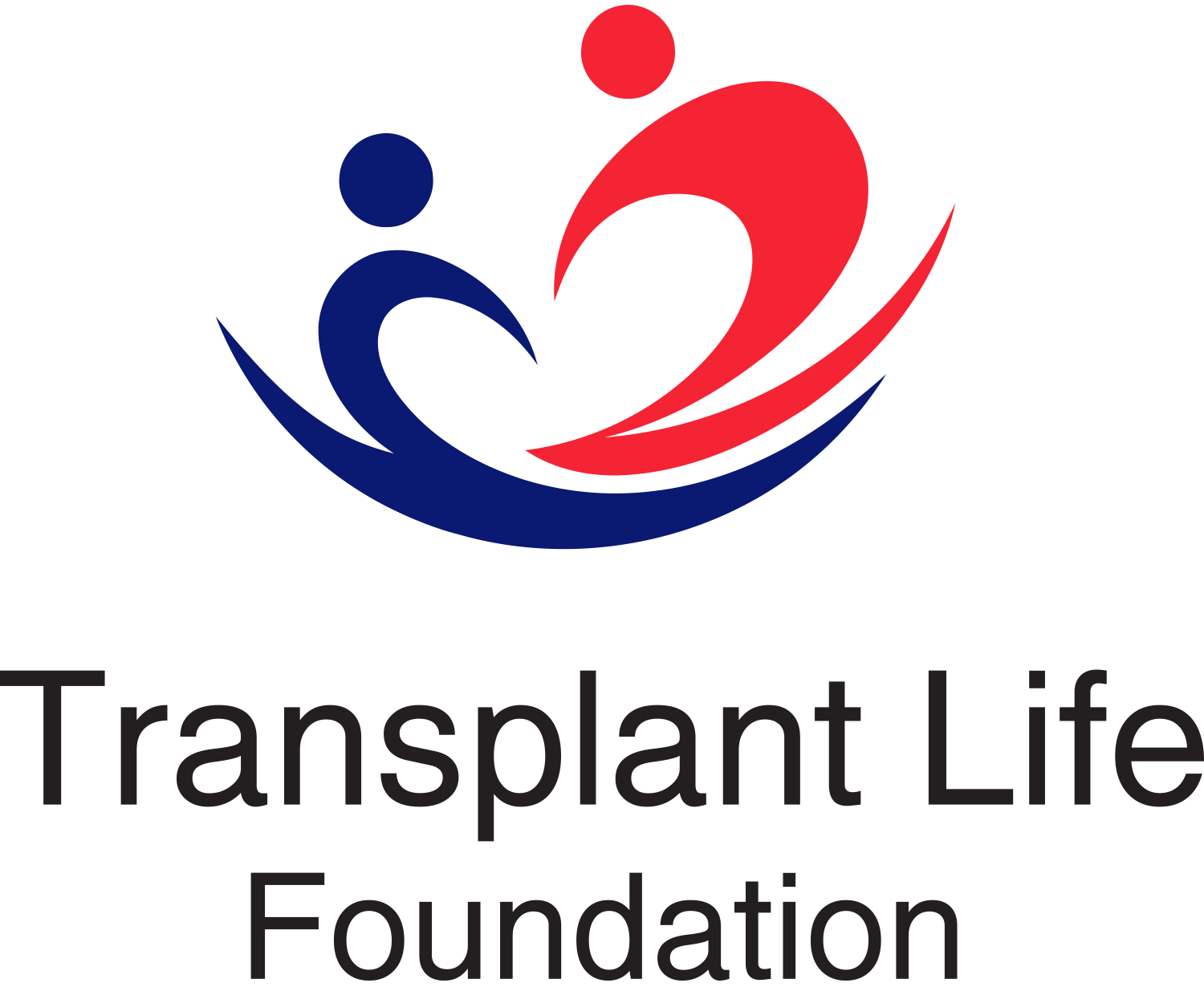



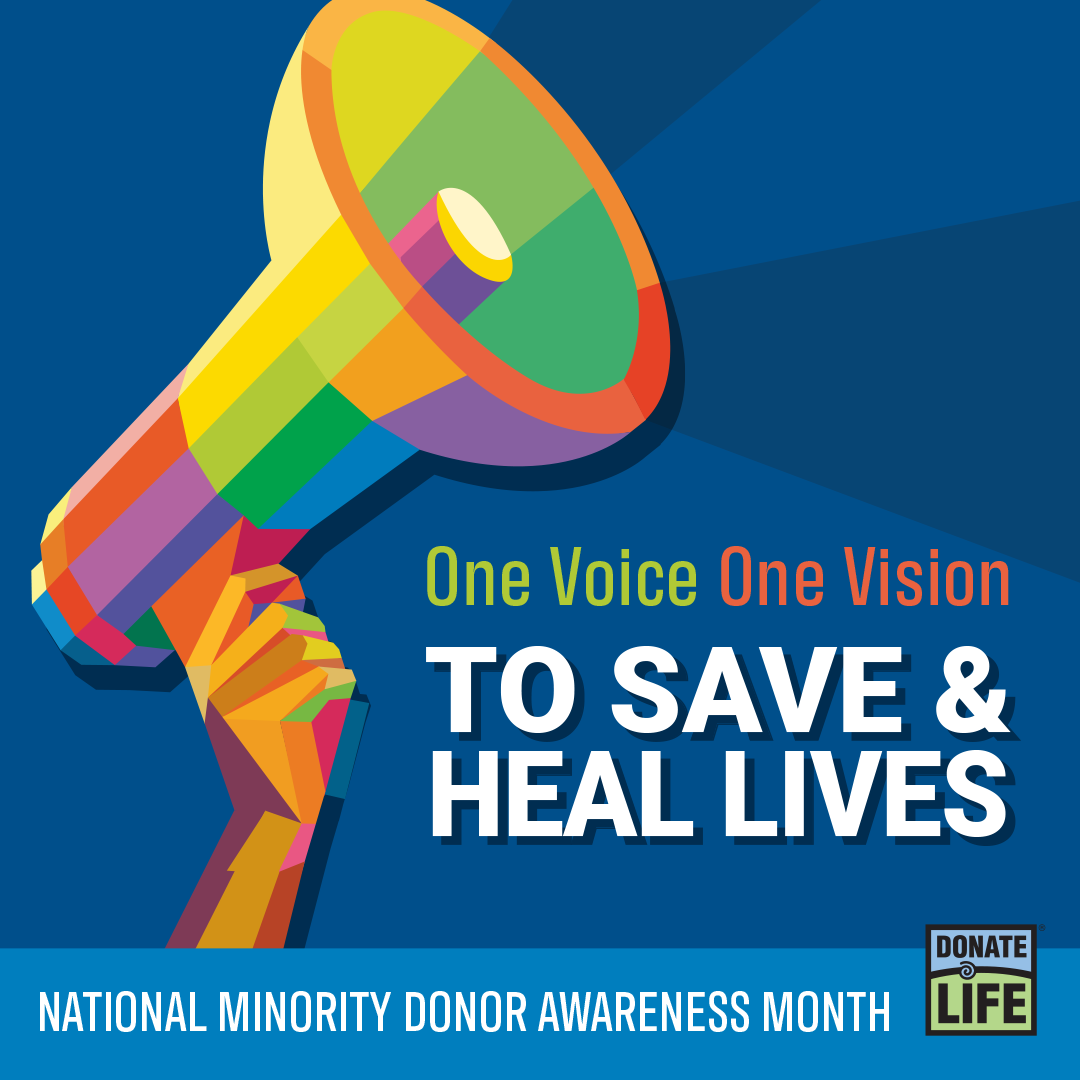
National Minority Donor Awareness Month (NMDAM)
National Minority Donor Awareness Month is an observance designed to bring increased awareness to donation and transplantation in multicultural communities. It is the collaborative efforts of several established organ, eye, and tissue organizations, multicultural and minority education associations, and national transplantation foundations.
National Minority Donor Awareness Month aims to bring heightened awareness to donation and transplantation in multicultural communities with a primary focus on African American, Hispanic, Asian/Pacific Islander, and Native American communities.
“Dear National Organ, Eye, and Tissue Donation Multicultural Action Group Colleagues:
On behalf of the Health Resources and Services Administration’s (HRSA) Office of Health Equity and HRSA’s Division of Transplantation, I would like to thank you for your continuing efforts and dedication to save and improve the quality of life of diverse communities by creating a positive culture for organ, eye, and tissue donation. National Minority Donor Awareness Month (NMDAM), observed during August of each year, provides a great opportunity to bring heightened awareness to health disparities, and organ donation and transplantation’s impact in minority communities.”
- Michelle Allender
Director, Office of Health Equity, Health Resources and Services Administration
Frequently Asked Questions
No. Saving your life is the number one priority. Doctors work incredibly hard to save the life of every patient. Despite their efforts, sometime there is permanent loss of brain function, and the patient is declared clinically and legally dead. Its only then that donation is an option.
Throughout the entire donation process, the body is treated respectfully and with care. The funeral arrangements you choose are possible – including a viewing. After donation, the funeral arrangements can continue as planned.
No. There is no cost to the donor’s family or estate for donation. The donor family only pays for medical expenses before death and the costs associated with funeral arrangements.
No. Race, income, gender, celebrity, and social status are never considered in determining transplant recipients. A national system matches available organs from the donor with people on the waiting list based on blood type, body size, how sick they are, donor distance, tissue type and time on the list.
Yes. In 2015, the HIV Organ Policy Equity Act (HOPE) Act was passed and provides donation and transplantation opportunities for people living with HIV. As of December 2020, over 200 lifesaving transplants have been made possible thanks to the HOPE Act and the generosity of donors and donor families.
Donation and transplantation can take place successfully between individuals from different racial or ethnic groups. Transplant success, however, is often better when organs are matched between people of the same racial or ethnic background.
People of African American/Black, Asian/Pacific Islander, Hispanic/Latino, American Indian/Alaska Native and multiracial descent currently make up over 60% of individuals on the national organ transplant waiting list. These communities greatly need more organ and tissue donors.
Living Donation
Did you know that you can save the life of a family member, dear friend, or unknown individual with organ donation while you are still living? This is referred to as Living Donation and over 6,500 people have done just that last year. Learn more about how you can make a difference.
Numbers Speak
The waiting list currently stands at more than 100,000 with more than 60% representing racial and ethnic minorities.
On average, 17 people die every day waiting for a transplant.
African Americans are three times more likely than White Americans to have kidney failure.
